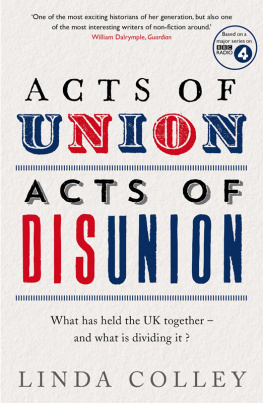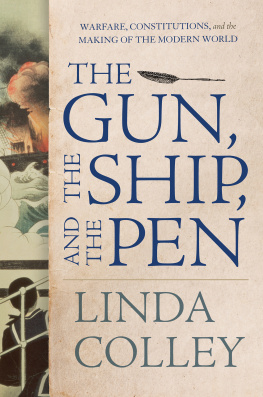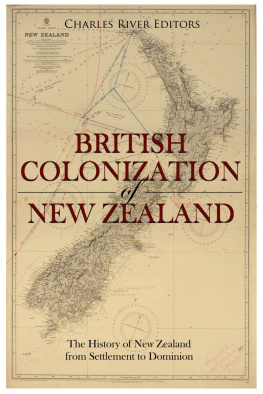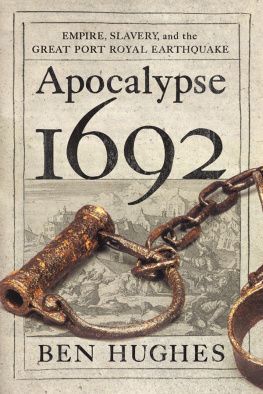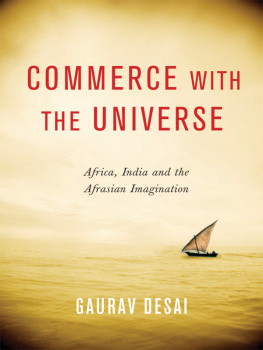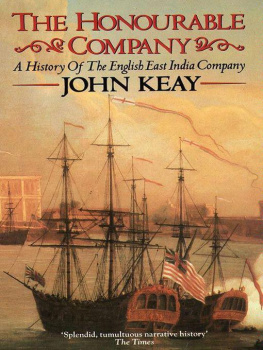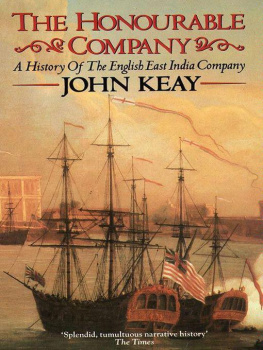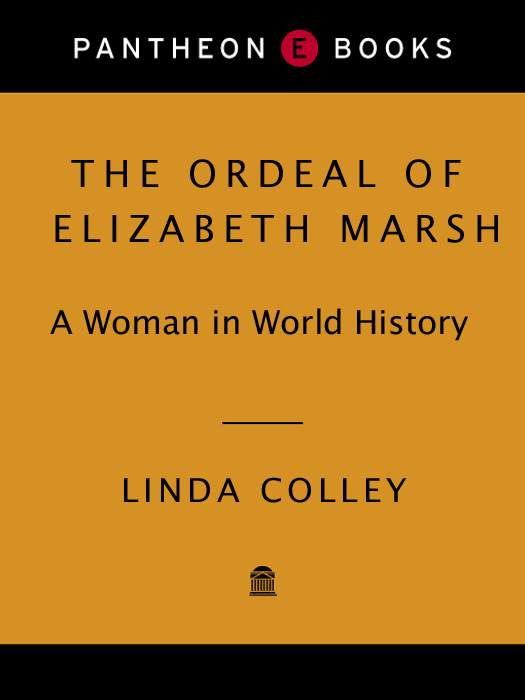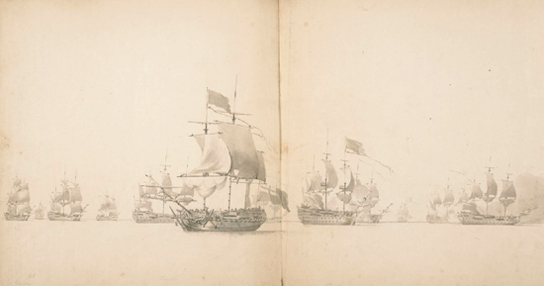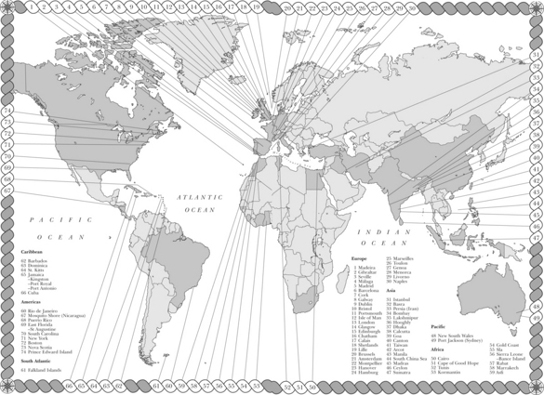Copyright 2007 by Linda Colley
All rights reserved. Published in the United States by Pantheon Books, a division of Random House, Inc., New York, and in Canada by Random House of Canada Limited, Toronto. Originally published in Great Britain by HarperCollinsPublishers, London.
Pantheon Books and colophon are registered trademarks of Random House, Inc.
Endpaper illustration copyright The Trustees of the British Museum
Maps by Peter Wilkinson
Library of Congress Cataloging-in-Publication Data
Colley Linda.
The ordeal of Elizabeth Marsh: a woman in world history / Linda Colley.
p. cm.
Includes bibliographical references.
eISBN: 978-0-307-53944-1
1. Marsh, Elizabeth, 17351785. 2. Women travelersBiography. 3. EnglandBiography. 4. AfricaDescription and travel. 5. AsiaDescription and travel. 1. Title.
CT 788. M 2187 C 65 2008 910.92dc22 [ B ] 2007022675
www.pantheonbooks.com
v3.1
BY THE SAME AUTHOR
In Defiance of Oligarchy: The Tory Party, 17141760
Lewis Namier
Britons: Forging the Nation, 17071837
Captives: Britain, Empire and the World, 16001850
Jan Colleys book
CONTENTS
PLATES
Some of the fifteen varieties of beads known to have been manufactured on Nicholas Crisps Hammersmith estate before 1640 for his trade in gold and slaves in West Africa (Courtesy of Andy Chopping/Museum of London Archaeology Service)
A new map of the island of Jamaica by John Senex, 1719 (Historic Maps Collection, Princeton University Library)
View of Port Royal by Richard Paton, c.1758 (National Maritime Museum, London)
Kingston harbour (Historic Maps Collection, Princeton University Library)
Ships Carpenter, etching by Thomas Rowlandson, 1799 (National Maritime Museum, London)
George Marsh, by Benjamin Wilson (Christies Images, London)
The Navy Office in Broad Street, engraving by Benjamin Cole, c.1756 (The Trustees of The British Museum, London)
Saffron Island, Menorca (Courtesy of Jonathan Coad)
Chatham Dockyard, by Joseph Farington, c.178894 (National Maritime Museum, London)
An illuminated letter from Sidi Muhammad, 1766 (The National Archives ref: SP102/2 f.22)
John Perceval, later 2nd Earl of Egmont, by Francis Hayman (National Gallery of Ireland)
Sir William Musgrave, by Lemuel Francis Abbott (British Library/Sothebys Picture Library, London)
The future General Sir Eyre Coote, attributed to Henry Morland, c.1763 (National Portrait Gallery, London)
Admiral Sir Edward Hughes, watercolour in Madras style, c.1783 (The British Library, London)
Hamburg, engraving by Johann Georg, c.1750 (AKG Images, London)
A view of a section of the Port of Barcelona including Moorish and European merchants and their ships. Eighteenth-century engraving by Moulinier (Mary Evans Picture Library, London)
The Lower Crisp in Florida as it now is (By kind courtesy of Professor Dan Schafer)
The Upper Crisp (By kind courtesy of Professor Dan Schafer)
Examination of a bankrupt before his creditors in the Court of Kings Bench, Guildhall, by Augustus Charles Pugin and Thomas Rowlandson (Guildhall Library, City of London)
Money lenders in Calcutta (Courtesy of The Lewis Walpole Library, Yale University)
In India on the March, by Samuel Davis (Yale Center for British Art, Paul Mellon Collection, USA/Bridgeman Art Library, London)
Procession at the Great Temple of Jagannath, Puri, British school, c.181820 (The British Library, London)
Lockleys, the Hertfordshire mansion acquired by Elizabeth Marshs daughter and Sir George Shee (Reproduced by kind permission of Hertfordshire Archives and Local Studies. Document ref: D/Eof/7)
Captain John Henry Crisp, Elizabeth Marshs half-Indian grandson (The British Library, London)
Preparing for the scientific expedition to Sumatra at the Madras observatory (The British Library, London)
TEXT ILLUSTRATIONS
MAPS
The world as Elizabeth Marsh and her extended family experienced it
CONVENTIONS
Place names have changed radically since Elizabeth Marshs lifetime, especially in regions of the world that have previously been colonized or fought over by contending states. Many names remain contested. In this book, I generally use the names that are most current today: hence Dhaka and Menorca, rather than Dacca and Minorca. Some now-discarded place names possess so much historical resonance, however, that I have judged it inappropriate to update them. Thus I refer to Calcutta in these pages, not Kolkata.
For the transliteration of Arabic terms and phrases, I have drawn on the Encyclopaedia of Islam and on the advice of expert friends. Making sense of the mangled Anglo-Indian terminology employed in Elizabeth Marshs Indian Journal has been made easier by the University of Chicagos online version of Hobson-Jobson.
In order to convey the fluctuating fortunes of the main characters in this book, I provide estimates at times of what they were worth in terms of todays purchasing power. I have drawn these estimates from the How much is that? site on EH.net.
Before 1752, the British followed the Julian calendar and dated the beginning of the New Year from 25 March, not 1 January. Thus the captains log of the Kingston, the ship on which Milbourne Marsh set out from Portsmouth for Jamaica, has it readying for sail in early 1731. But in terms of the modern Gregorian calendar, it was early in 1732 that the Kingston was got ready; and I have used the modern-style year throughout the text and endnotes. When quoting from original manuscripts in the text, I have modernized spelling, extended abbreviations, and altered punctuation whenever the sense has seemed to demand it. Books cited in the endnotes are published in London unless otherwise stated. I describe at the beginning of the notes the other conventions I employ in the course of them.
INTRODUCTION
I search for Eliza every where: I discover, I discern some of her features But what is become of her who united them all?
ABB RAYNAL
T HIS IS A BIOGRAPHY that crosses boundaries, and it tells three connected stories. The first is the career of a remarkable but barely known woman, Elizabeth Marsh, who lived from 1735 to 1785, and who travelled farther and more dangerously by sea and in four continents than any female contemporary for whom records survive. The second story is concerned with members of her extended family, her parents, uncle, brothers, husband, children, multiple cousins and other, more distant, kin. Because of the nature of their occupations, their migrations and their ideas, these people played vital roles in fostering Elizabeth Marshs own conspicuous mobility. They also helped to connect her, in both constructive and traumatic ways, with some of the most transformative forces of her age. For this is not just an account of an individual and a family: it is also, and thirdly, a global story. Elizabeth Marshs existence coincided with a distinctive and markedly violent phase of world history, in which connections between continents and oceans broadened and altered in multiple ways. These changes in the global landscape repeatedly shaped and distorted Elizabeth Marshs personal progress. So this book charts a world in a life and a life in the world. It is also an argument for re-casting and re-evaluating biography as a way of deepening our understanding of the global past.


